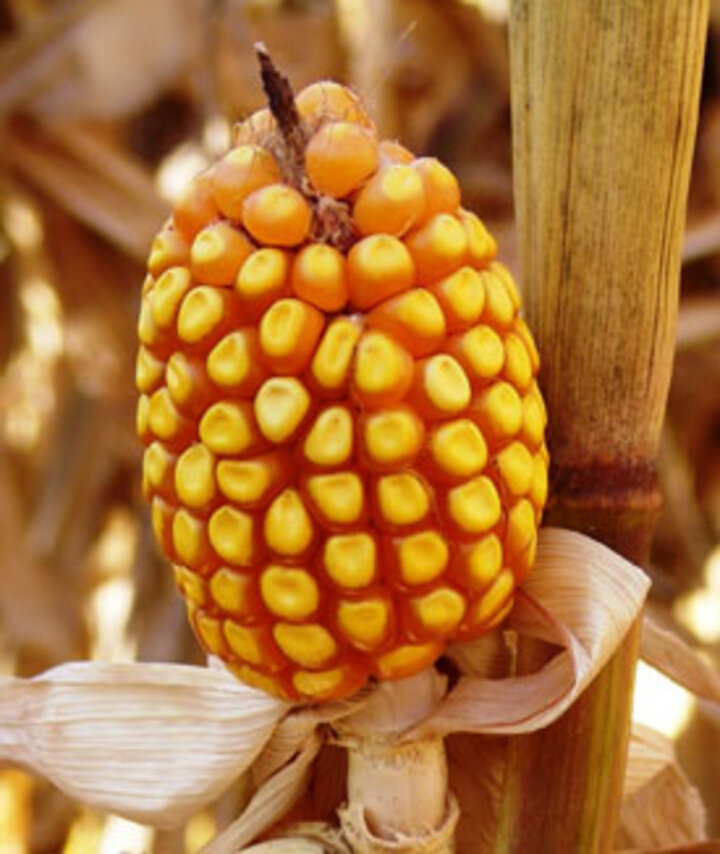June 25, 2010
|
Table 1. Effect of simulated hail damage and foliar fungicides applied at tassel emergence on gray leaf spot severity and yield of a susceptible corn hybrid near Champaign, Illinois, in 2007. |
||||
|
Simulated Hail1 |
Fungicide |
Rate/Acre |
GLS Severity2 |
Yield (bu/ac) |
|
No |
Untreated |
|
57 |
174 |
|
Headline |
6 fl oz |
33 |
179 |
|
|
Quadris |
6 fl oz |
42 |
170 |
|
|
Quilt |
14 fl oz |
40 |
155 |
|
|
Yes |
Untreated |
|
62 |
141 |
|
|
Headline |
6 fl oz |
48 |
144 |
|
|
Quadris |
6 fl oz |
47 |
142 |
|
|
Quilt |
14 fl oz |
35 |
140 |
|
LSD |
12 |
11 |
||
| 1Hail was simulated by damaging corn plants with a weed-eater type string mower. 2Gray leaf spot severity (0-100% scale). 3Fisher’s protected least significant difference (α = 0.05). Source: Bradley and Ames, 2008. Foliar Fungicides in Corn Production: A Look at Local and Regional Data. Proceedings of the 2008 Illinois Crop Protection Technology Conference, pages 81-85. |
||||
With the frequent hail events that have pounded Nebraska corn fields, many have questioned whether a foliar fungicide should be applied to protect the remaining injured foliage from infection by pathogens.
Many of the diseases favored by wounding are not controlled with foliar fungicides, such as those caused by bacteria, (especially Goss’s wilt and blight), common smut, and stalk rots. Furthermore, foliar diseases that can be managed with foliar fungicides, such as gray leaf spot and southern rust, do not require wounds for infection. The development of some of these diseases following a hail event might more likely be attributed to the rain and increased relative humidity accompanying the storm rather than the hail itself.
A 2007-2008 study conducted by Dr. Carl Bradley of the University of Illinois evaluated the effects of fungicide applications in simulated hail-injured corn on gray leaf spot severity and yield. In that study, fungicide applications did not statistically increase yield when applied on corn that was damaged (Table 1) to simulate hail injury.

Pre-Tassel Applications of Foliar Fungicides
For those considering pre-tassel applications of foliar fungicides, be advised that some company recommendations have changed, particularly for the use of tank mixes and adjuvants with fungicides to prevent potential plant injury during the vulnerable time prior to tasseling when ear length and development are being determined. Use caution, particularly during the V12-14 growth stages to prevent detrimental effects on ear development, such as arrested ear development (Figure 1).
Resources
For more information, see the results of the study conducted at Purdue University evaluating the effects of fungicides, insecticides, herbicides, and spray additives on ear development.
Also see Effect of Foliar Fungicides on Corn with Simulated Hail Damage, by C.A. Bradley and K.A. Ames in Plant Disease, 2010
Tamra Jackson
Extension Plant Pathologist
